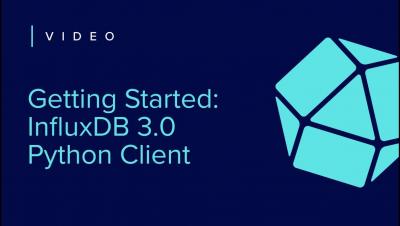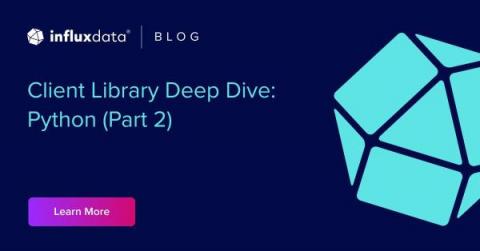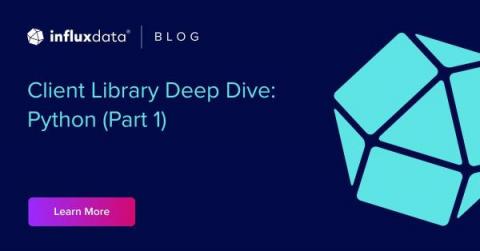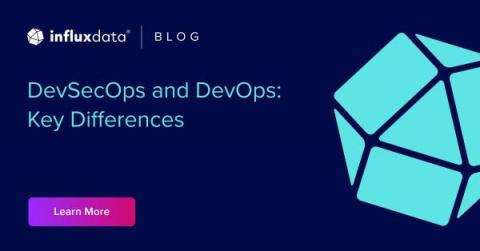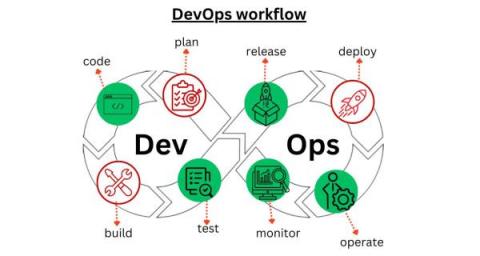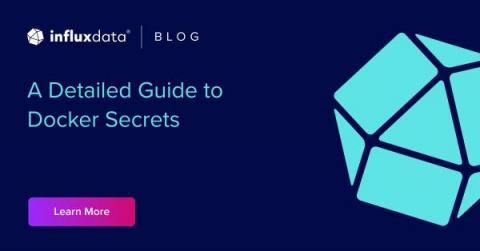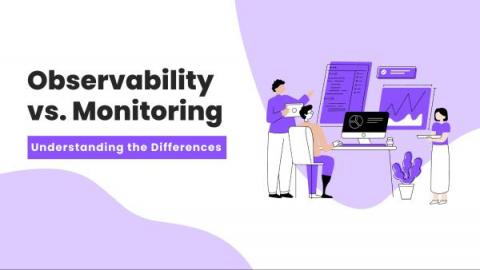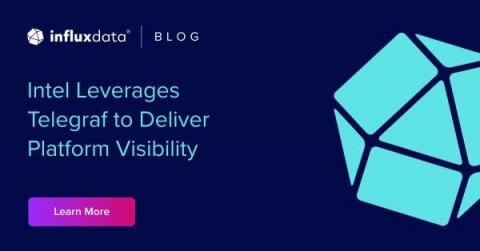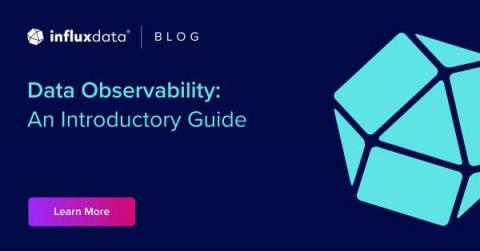Operations | Monitoring | ITSM | DevOps | Cloud
InfluxData
Client Library Deep Dive: Python (Part 2)
Okay, we are back for Part 2! Last time we discussed the new community Python library for InfluxDB 3.0. Let’s talk about a bolt-on application that uses the client library as the core of its development, the InfluxDB 3.0 Python CLI.
Client Library Deep Dive: Python (Part 1)
Community Client libraries are back with InfluxDB 3.0. If you would like an overview of each client library then I highly recommend checking out Anais’s blog on their status. In this two-part blog series, we do a deep dive into the new Python Client Library and CLI. By the end, you should have a good understanding of the current features, how the internals work, and my future ideas for both projects.
DevSecOps and DevOps: Key Differences
DevOps and DevSecOps have gained more attention in recent years in the world of software development. While both of these methodologies emphasize the agile development process and team collaboration, there are some key differences that distinguish them. Understanding these distinctions is critical for software development teams and organizations to determine which methodology is best suited to their requirements. In this article, we’ll learn about the difference between DevOps and DevSecOps.
GitOps vs. DevOps: What's the Difference?
In software development, GitOps and DevOps are prominent techniques for enhancing collaboration and automating software delivery processes. While these two models aim to improve the efficiency of the software development life cycle, they differ in their core principles and implementation.
A Detailed Guide to Docker Secrets
This post was written by Talha Khalid, a full-stack developer and data scientist who loves to make the cold and hard topics exciting and easy to understand. No one has any doubt that microservices architecture has already proven to be efficient. However, implementing security, particularly in an immutable infrastructure context, has been quite the challenge.
Observability vs. Monitoring: Understanding the Differences
This post was written by Siddhant Varma. Scroll down to read the author’s bio. Software development isn’t just about building and deploying software. There’s a wide range of operations and activities you need to tackle even after you’ve successfully deployed it. The two most common are observability and monitoring. While they’re similar in a lot of ways, it’s important to understand that they are not exactly the same, and each has its own purpose.
Intel Leverages Telegraf to Deliver Platform Visibility
Since 2020, the Intel team has been contributing to Telegraf, including both telemetry from Intel-specific platform features (such as Intel® Resource Director Technology, Intel® Dynamic Load Balancer, or power statistics from Intel-based platforms) and telemetry gathered from generic tools and frameworks; for example, Data Plane Development Kit (DPDK), Libvirt, P4 Runtime, or Reliability Availability Serviceability (RAS).
Data Observability: An Introductory Guide
As more companies rely on data insights to drive critical business decisions, data must be accurate, reliable, and of high quality. Gaining insights from data is essential, but so is the data’s integrity so that you can be sure that data isn’t missing, incorrectly added, or misused. This is where data observability comes in.
SOAR vs. SIEM: Understanding the Differences
This post was written by Joe Cozzupoli. Scroll down to read the author’s bio. As the cybersecurity landscape evolves and threats become more sophisticated, organizations need to stay ahead with the right tools and strategies to protect their valuable data. Two key technologies in this domain are Security Orchestration, Automation, and Response (SOAR) and Security Information and Event Management (SIEM).


